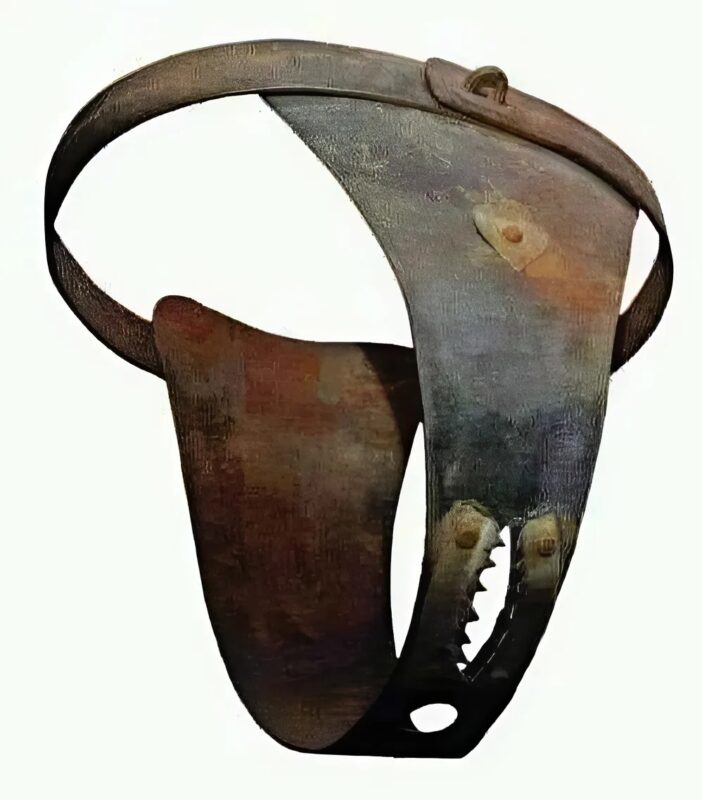In the medieval world, keys opened more than doors—they unlocked social status, responsibility, and sometimes controversy. Among the most debated artifacts from this era are chastity belts, often cited as proof of extreme control over women’s bodies. But historians caution against taking these stories at face value.
Authentic medieval chastity belts are virtually nonexistent in archaeological records. The few surviving examples are likely Renaissance-era curiosities or Victorian moral props. Medical realities further undermine the myth: without modern hygiene, prolonged wear would have caused fatal infections, making the belts impractical for actual use.
Yet keys themselves were deeply symbolic. Noblewomen wielded them as signs of domestic authority, while men used them to secure valuables. The chastity belt legend, whether rooted in rare cases or pure imagination, reflects genuine medieval concerns about virtue and ownership. More than just locksmithing tools, keys offer a window into a society both more complex and more human than popular myths suggest.


